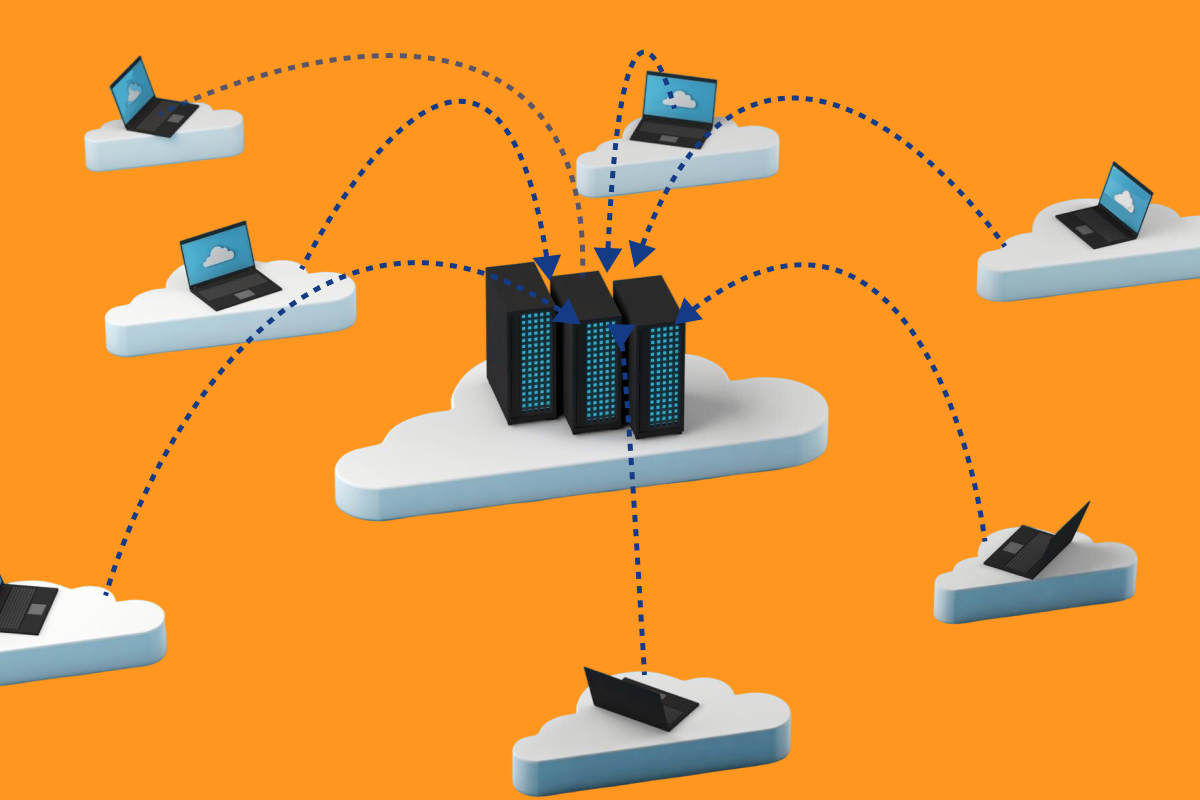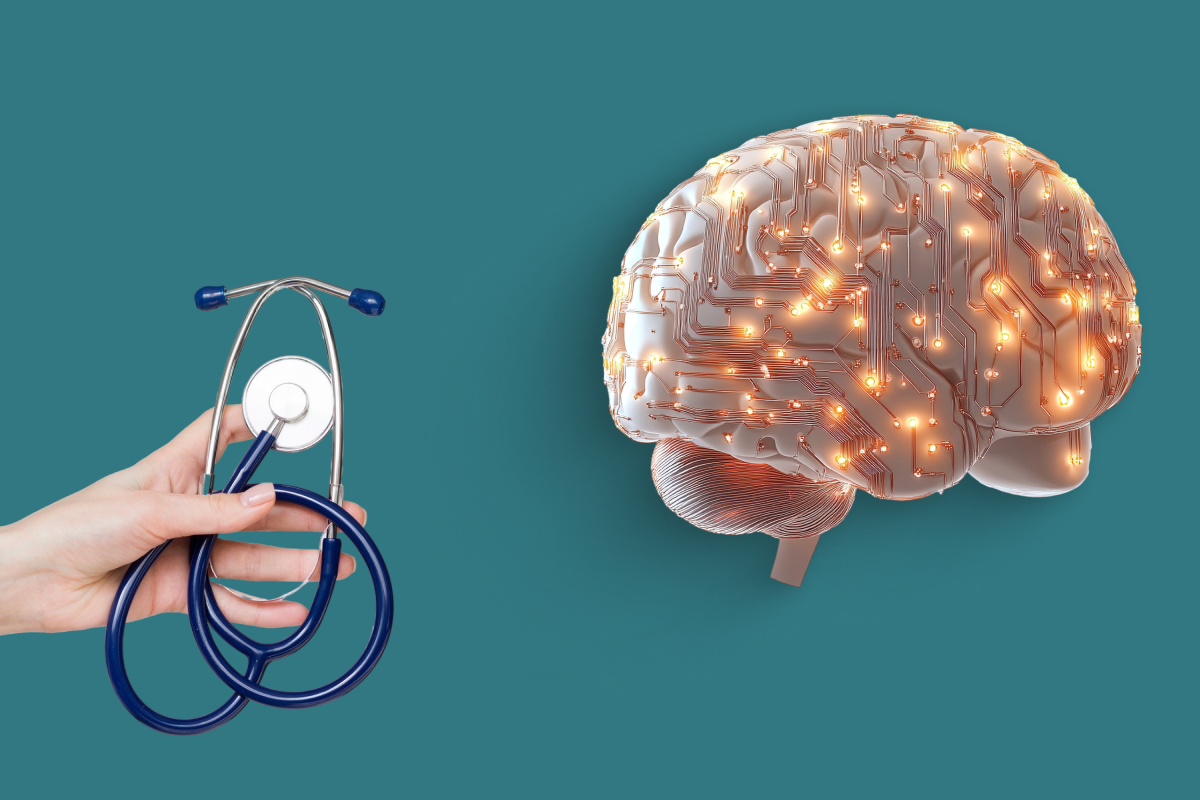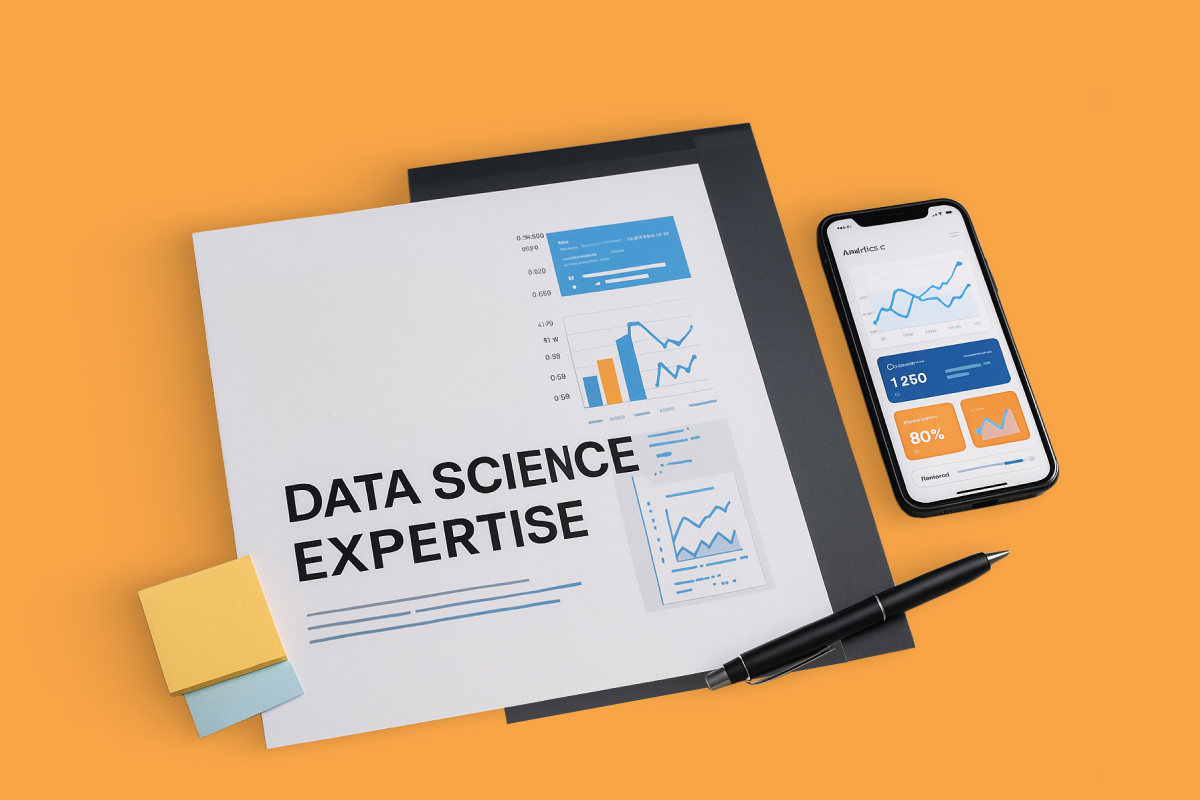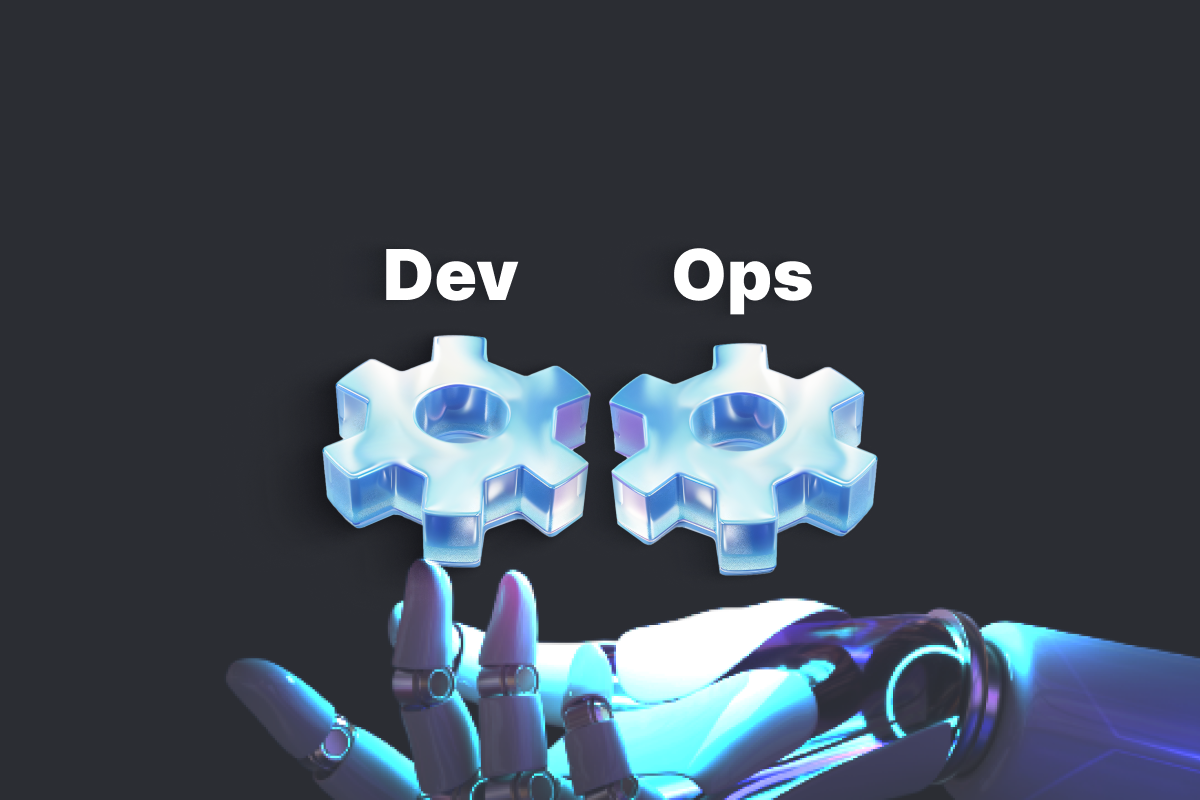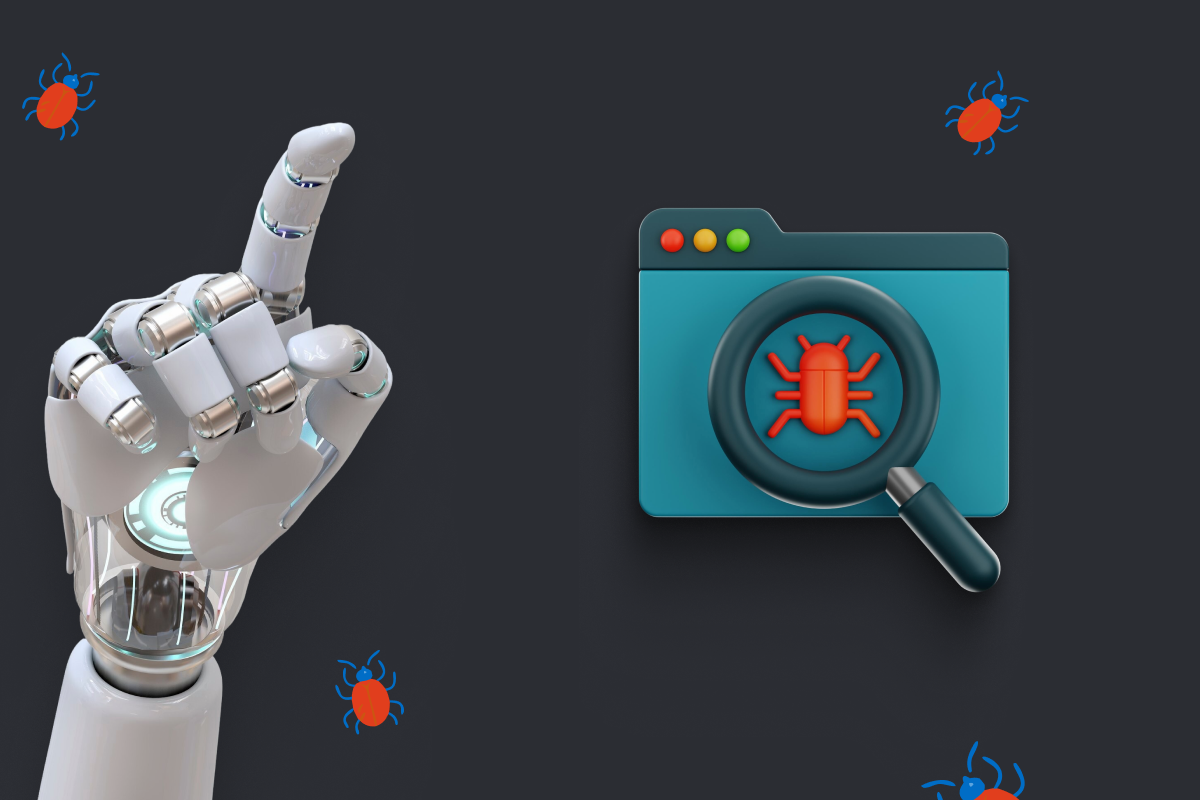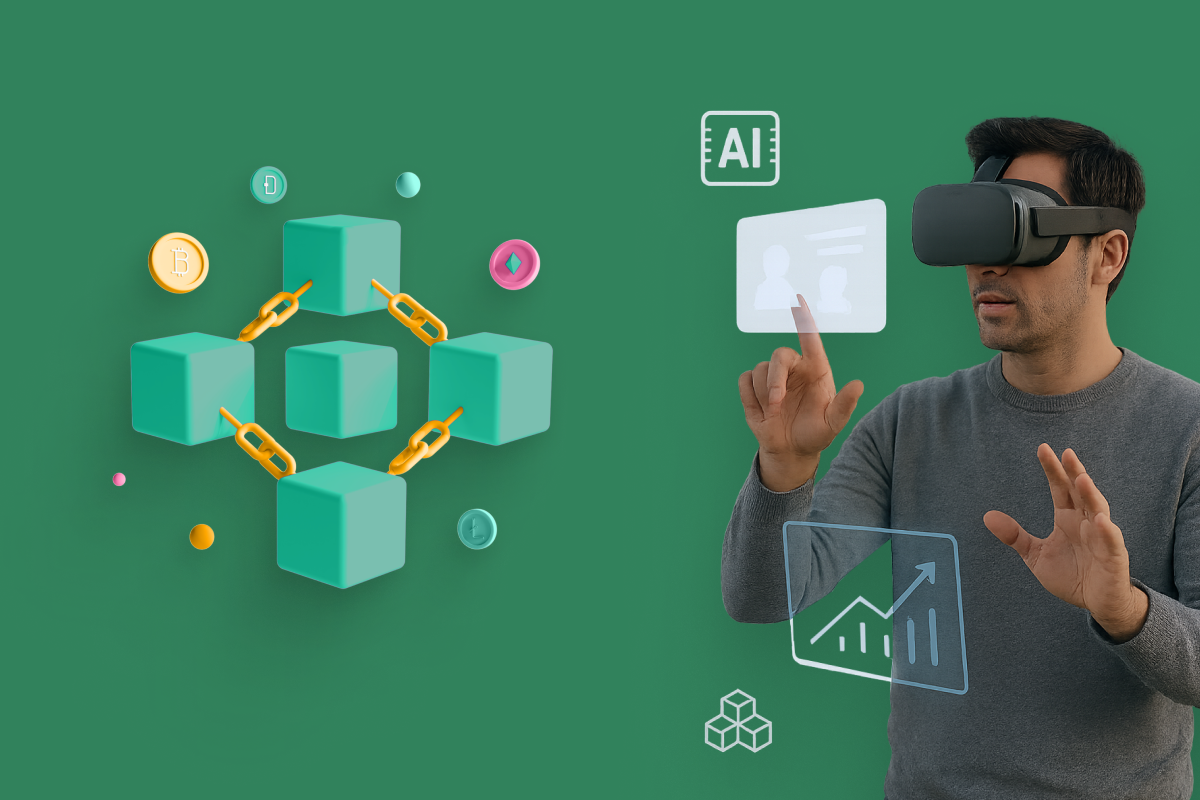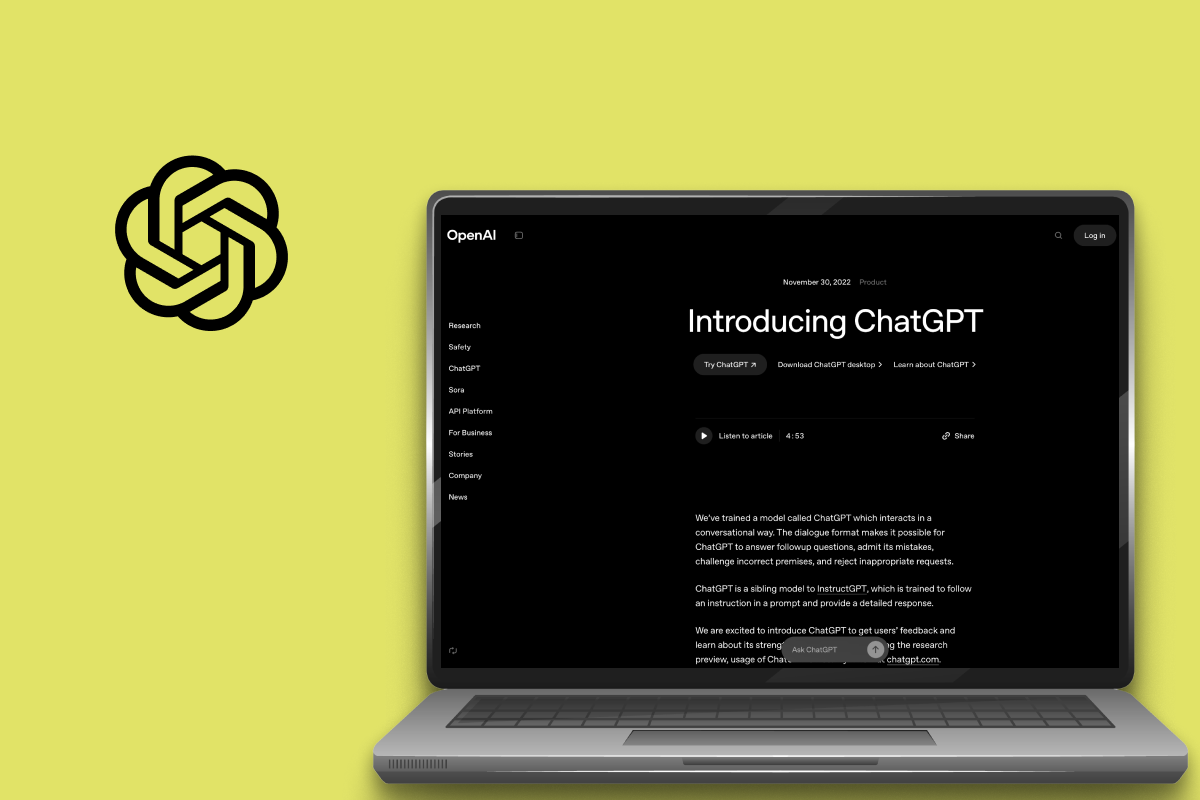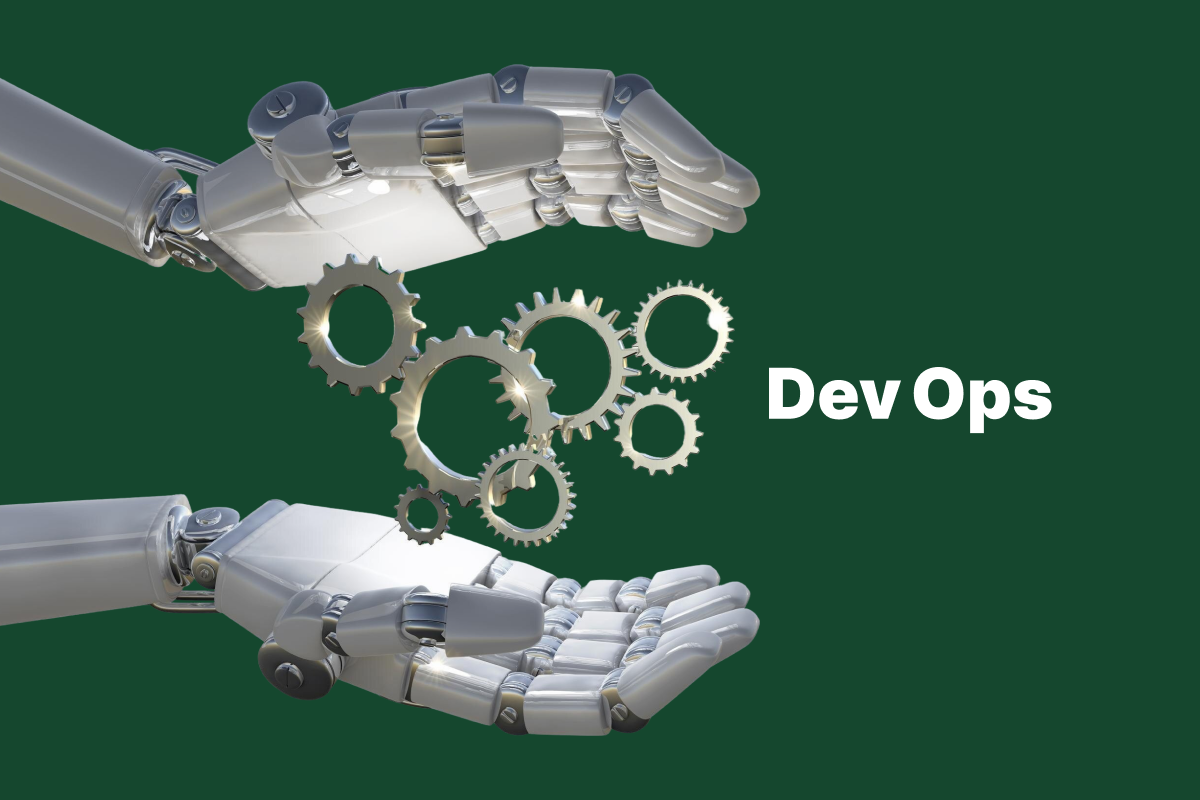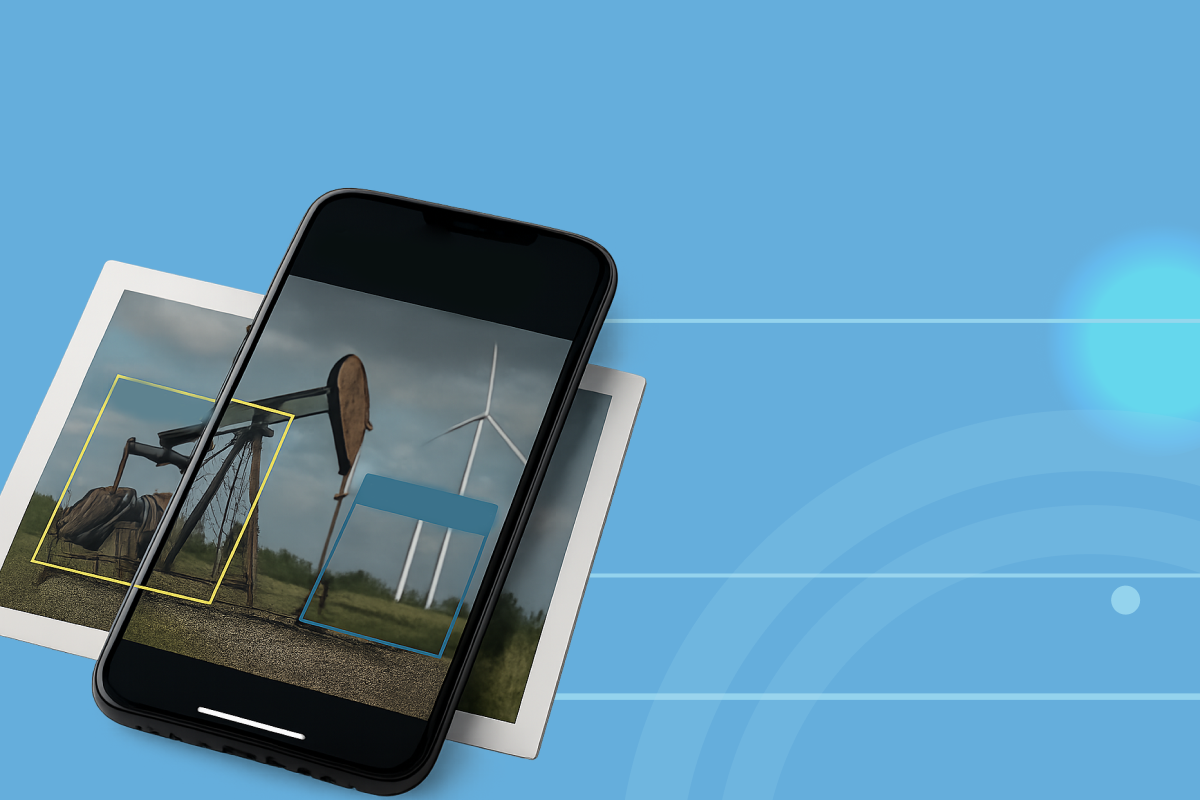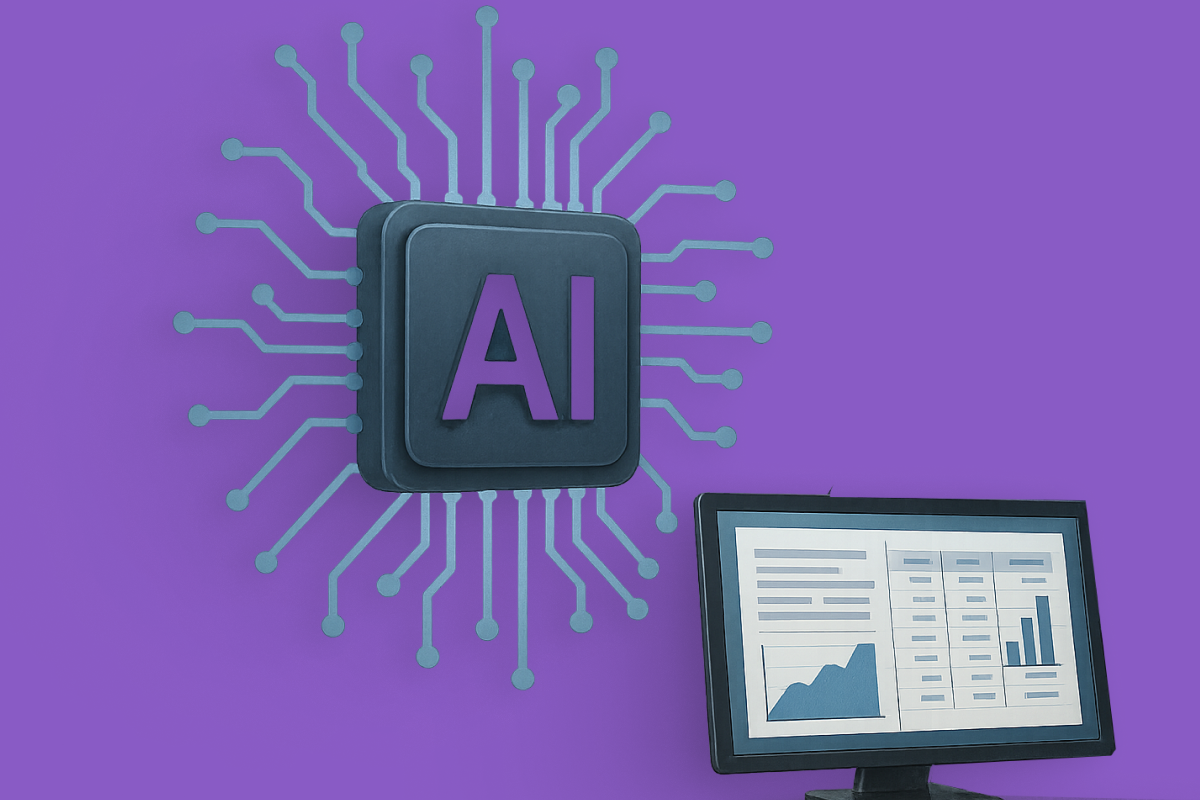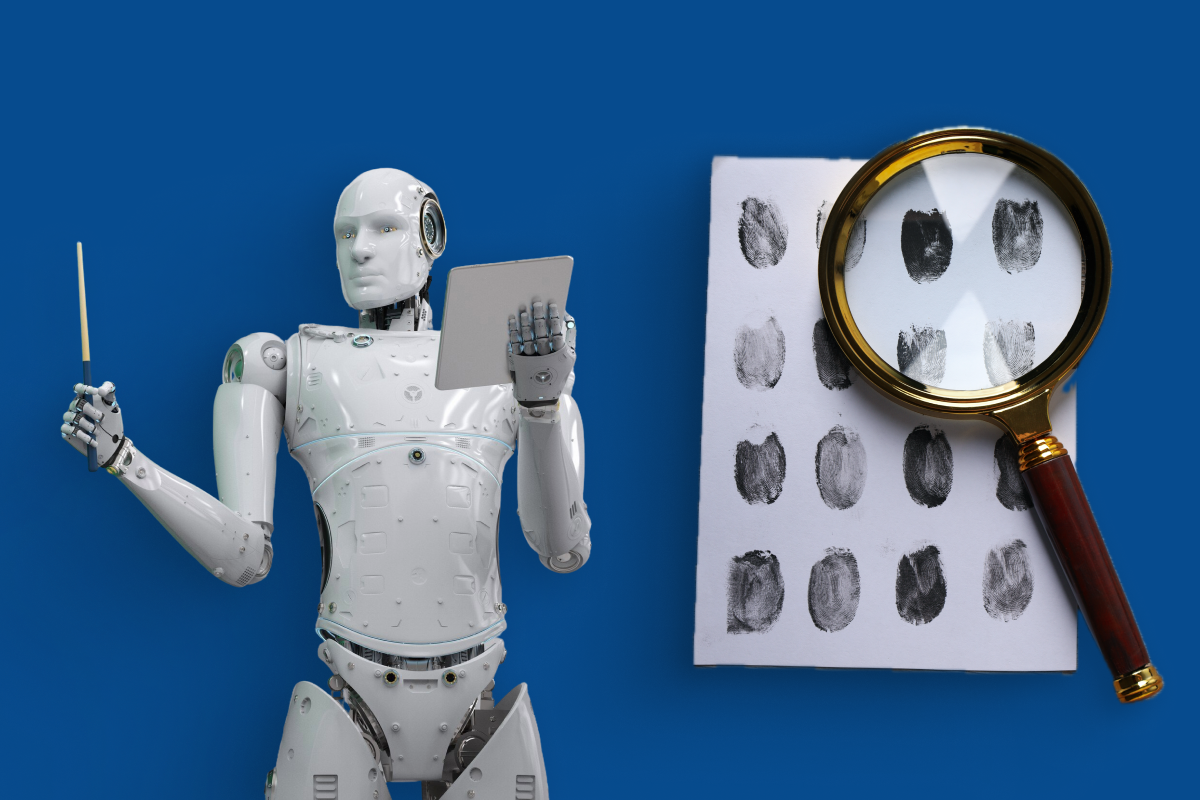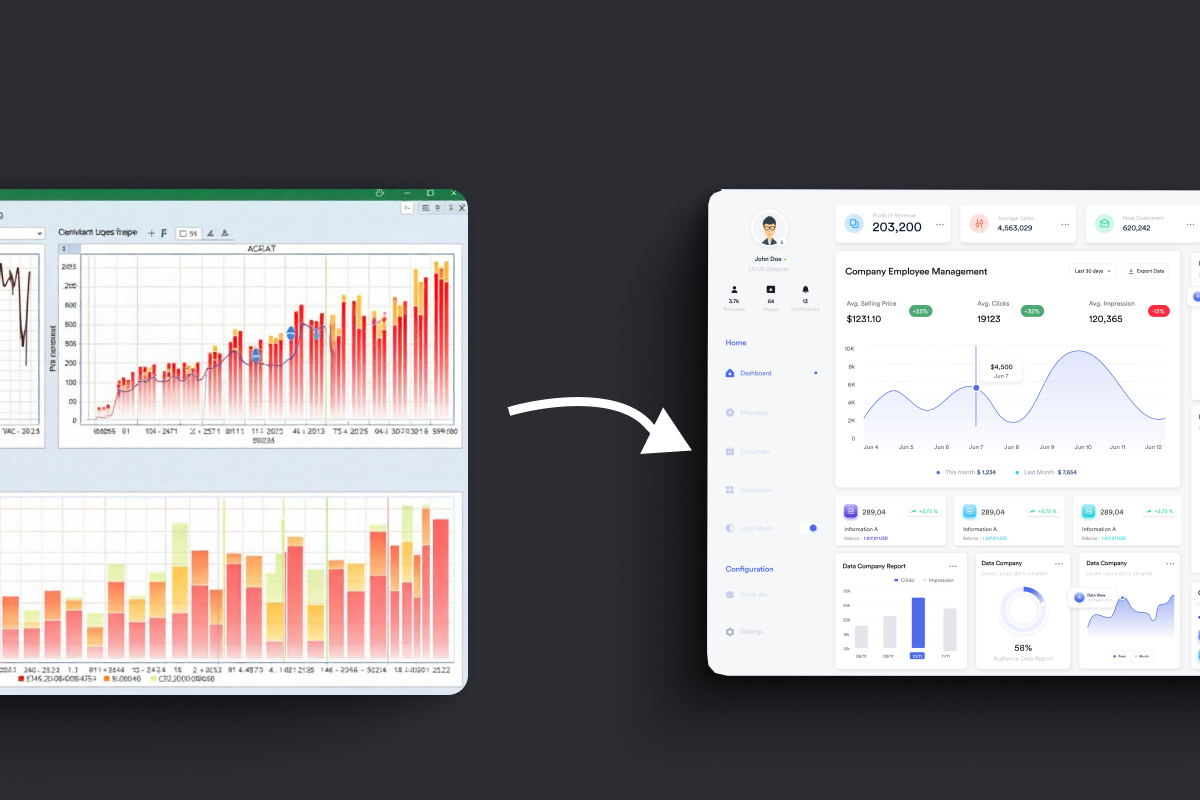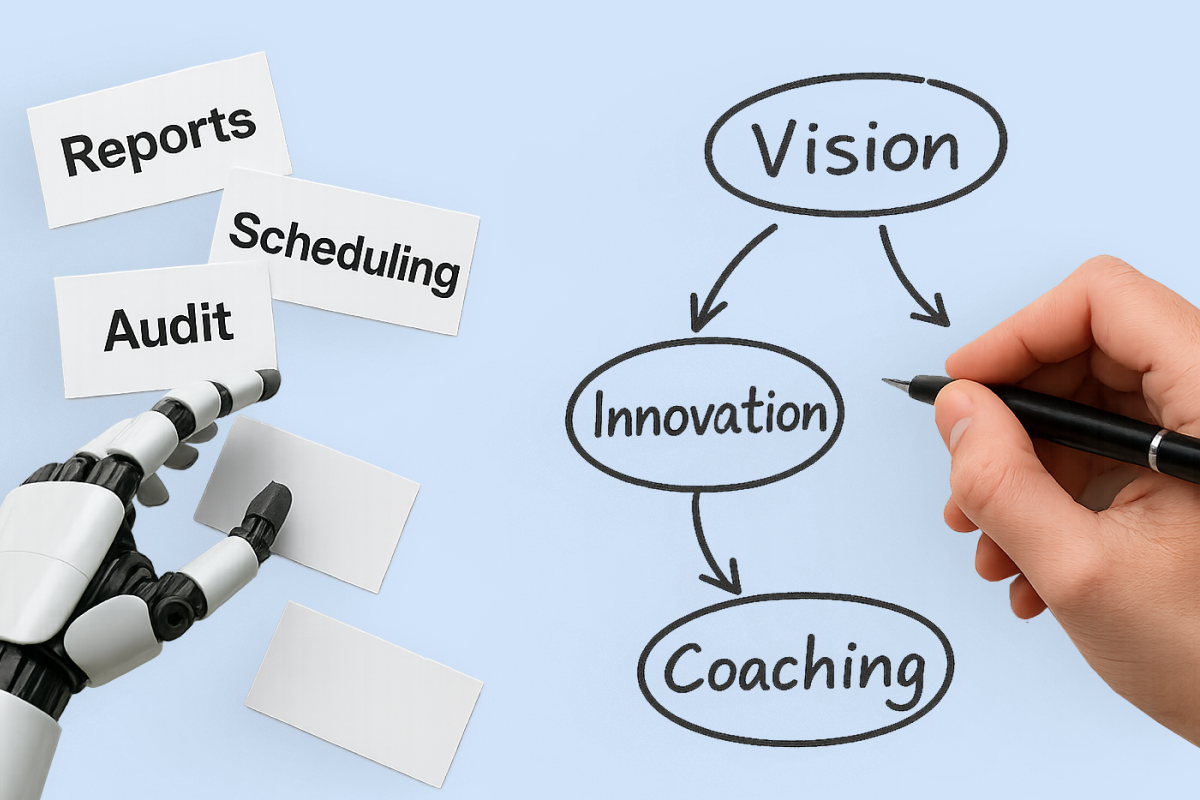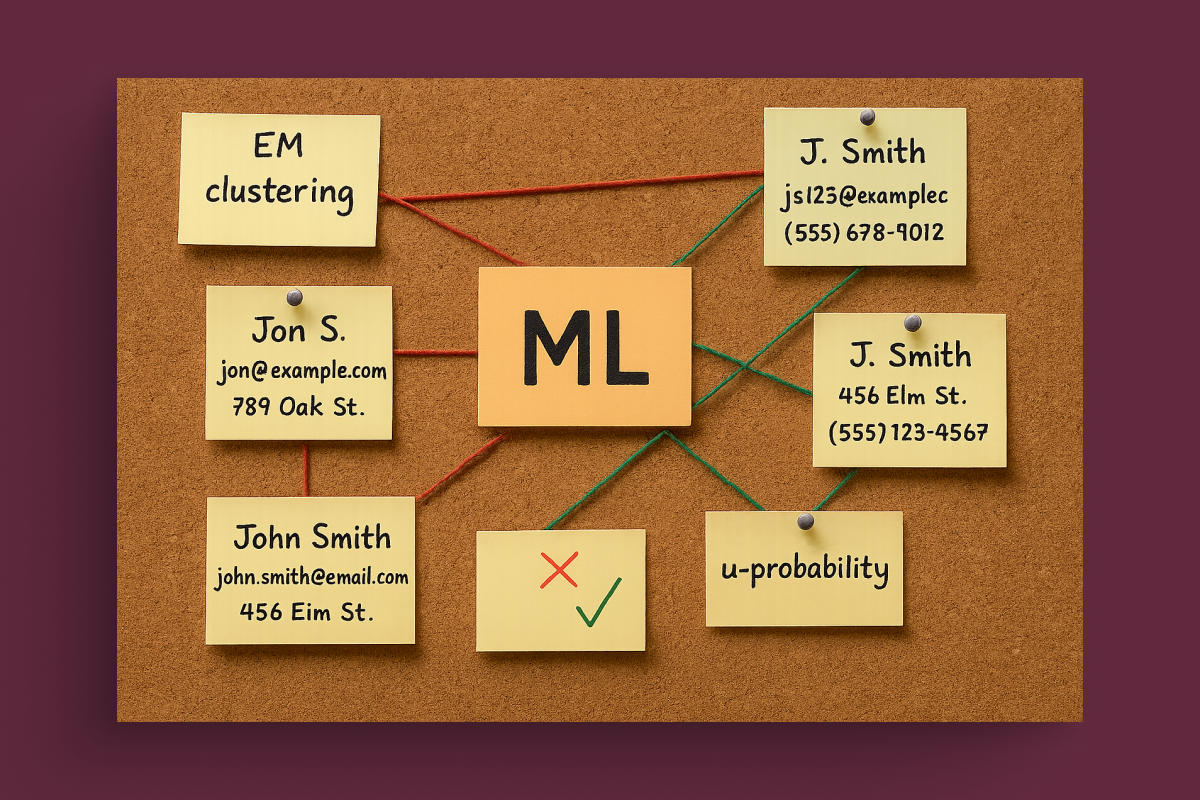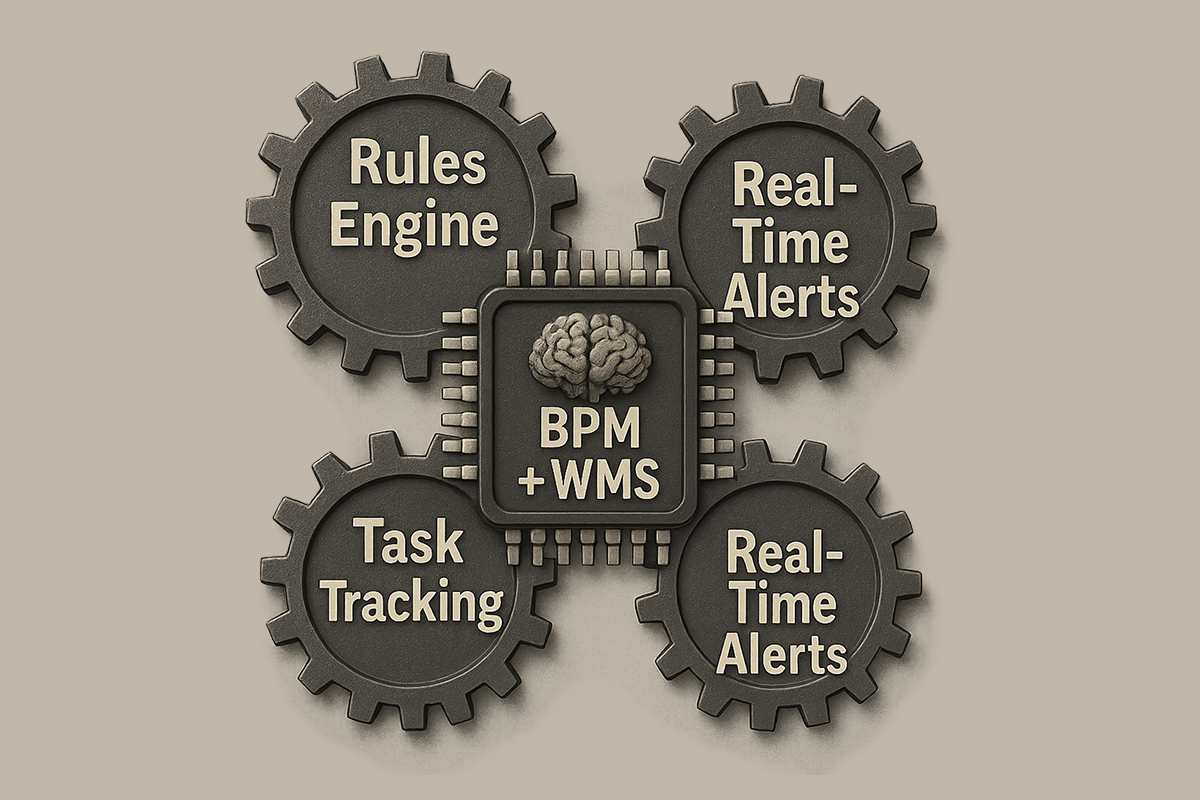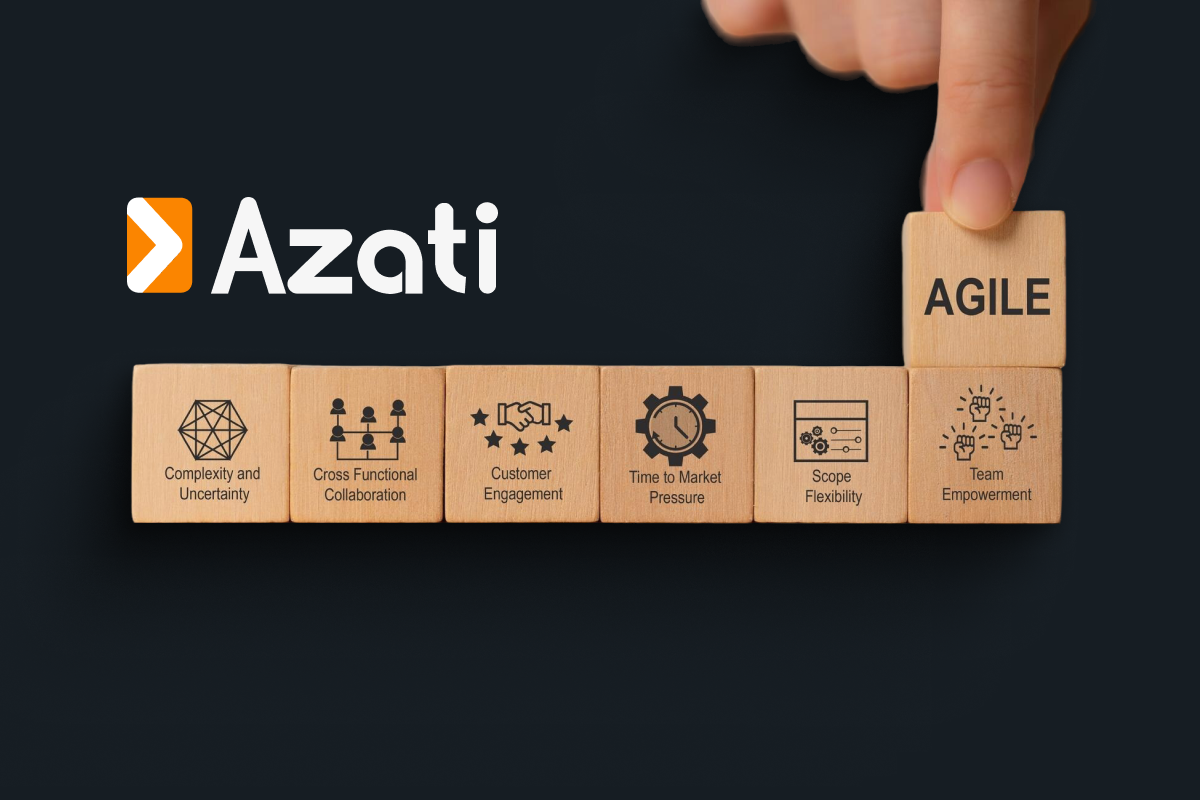Introduction
In recent times, language models have become powerful tools for Natural Language Understanding (NLU), whereby machines are able to comprehend and produce human-like text with exceptional precision. From the analysis of sentiment to question answering, language models have had a gaming-changing impact on NLU tasks, leading the way to the development of artificial intelligence, machine learning, and computational linguistics.
NLU, in turn, is a subfield of NLP, which deals with the ability to recognize and understand the meaning of human language based on context and intent. Besides that, AI should not only understand single words and phrases. But should also be aware of the overall context and purpose of the statement. For example, if a user says, “show me restaurants around”, the AI should know that the user is looking for data on restaurants that are in the current location.
This article looks at the development of natural language understanding models, their different usages, and the remaining obstacles.
Evolution of Language Models
AI language models have existed for many years now, but they have become extremely popular and prominent recently. One of the remarkable examples is OpenAI’s Generative Pre-trained Transformer (GPT) series.
GPT-1: A Game-Changer
Launched in 2018, GPT-1 was the first in the series of OpenAI’s Generative Pre-trained Transformer. After being trained on huge chunks of data on the internet, GPT-1 was capable of generating human-like text with impressive smoothness.
GPT-2: Enhancing Contextual Awareness
For the year 2019, OpenAI has disclosed the GPT-2 which is the second series in the list. The use of a larger dataset for training the GPT-2 resulted in its increased proficiency in processing the context well and creating relationships among the words and phrases.
However, these traits became difficult as well, and the machine still sounded in a varying tune of expression.
GPT-3: Breaking Barriers
In 2020 the Open AI platform presented GPT-3, its latest release in this set of systems. With GPT-3 being fed unprecedented volumes of data, it can virtually write words that cannot be distinguished from human writing across the board. Furthermore, it is great at doing tasks that were usually reserved for humans.
This remarkable feat portends the typical achievement of GPT-3 in the world of AI language models. Its doors of potential applications range from streamlining writing processes to language translation tools.
Applications of Language Models in NLU
The area of Natural Language Understanding that has proved most crucial has to be NLU which has got numerous breakthroughs in the recent past with the future giving out several more advancement possibilities.
Enhancing Accuracy and Quality of Text Analysis
One of the strongest directions in solving this challenge is the improvement of the text analysis precision and quality through the application of NLU. On the one hand, extremely advanced NLU systems can do a good job of capturing various word and sentence meanings. But difficulties with comprehending intricate and ambiguous language architectures still remain. Subsequently, the unveiling of several newer algorithms and technical learning tricks will certainly entail the possibility of significant improvements in this field.
Expanding Multilingual Analysis Capabilities
Currently, most NLP systems are concentrated on text analysis from specific natural languages. Therefore, they are poor when used in the case of cross-lingual applications. Though, as the technology advances, NLU ventures further, stimulating different languages and cultures.
Integration into Diverse Applications and Systems
Above all, NLU integration into various applications and systems is also auguring for future development. NLU (Natural Language Understanding) systems are capable of evident application to areas of healthcare, finance, and learning. This, in turn, will enable clients to see remarkable improvements in all domains. Including data processing, efficiency in analysis, and system/application accuracy.
Hybrid Model Development and Application
A new attribute of this process is the association of two different methods and models. Which offers one more possibility for development. By integrating text analyses from multiple sources, ranging from statistics, rules, deep learning, and foreshadows, hybrid models achieve a high level of precision and analysis.
Fostering Contextual Understanding
The effectiveness of NLP technology hinges on contextual understanding, especially based on fact. Modern NLU systems suffer some shortcomings. Specifically the inability to fully comprehend context and to differentiate between texts of irrelevant information. Contextualization potential will raise the NLU efficiency to the level of precision and completeness of thought interpreting.
Moreover, a creative area of research and innovation that focuses on NLU development can yield tremendous dividends through improved human-machine communication. And push forward multiple NLP-oriented systems and applications.
Challenges in Language Model Development
The main barrier that the field of natural language processing is facing today is the NLU (Natural Language Understanding). Along with this, however, multiple barriers have to be overcome to develop a complete and accurate system for machines to comprehend natural language.
Ambiguity in Language
Meaning underlying natural language has numerous variations and shades of meaning. This fact makes it more difficult for NLU systems to decide which interpretation is closest to its original context. Indeed, sentences like “he closed the window” can be comprehended in different ways depending on the context. So the ambiguities need to be resolved, an incredible challenge for NLU systems.
Diverse Linguistic Landscape
What is more, the natural language family, composed of various dialects, slang, and non-standard grammatical structures, is a serious barrier to overcome. A meaningful NLU technology must deal (cope) with the linguistic intricacy, all in different contexts and sceneries.
Contextual Constraints
Most of the time people are provided with meaningful, contextual clues that can make it much easier for them to recognize the comprehension of text. Although with NLU systems possible deadlocks regarding the accessing or appropriation of context may occur causing incomplete understanding of the meaning extracted from the text.
Unstructured Data Processing
Most textual information is non-structured, that is, it does not have data arrangement or formatting. This implies that the NLU systems often face the problem of finding a smart solution to the task of seamlessly using and obtaining information from such disorganized text. New technology-based approaches and algorithms are the key to this matter being solved properly.
Semantic Understanding Complexity
The ability of an NLU system to establish semantic understanding. It is a core task, that often implies interpreting the meaning of words and phrases in connection with each other. It is fraught with complexity that requires one to evaluate context and more involved aspects. Securing an increase in the precision and speed of semantic comprehension algorithms becomes one of the most crucial barriers to the effectiveness of NLU systems.
Just to cross these barriers is a major step in the development of sophisticated natural language understanding systems. They match human language by the improvement of the accuracy and efficiency of the natural language processing systems.
Future Directions of NLU
In the forward path, language models using NLU create considerable opportunities. Enthused by cutting-edge technology such as multimodal models, few-shot learning, and zero-shot learning, the knowledge of machines on understanding and generating text is only going big.
Nevertheless, dealing with the aforementioned problems like data bias, ethical issues is important enough for consequent opportunities that this language technique can sell in a vast number of applications.
Conclusion
Language models have revolutionized NLU, enabling machines to comprehend and generate human-like text across a wide range of applications. From sentiment analysis to language translation, these models have transformed how we interact with and process textual data.
As we continue to push the boundaries of NLU, addressing challenges such as data bias, ethical considerations, and model robustness will be essential for ensuring the responsible and effective deployment of language models in real-world scenarios.









